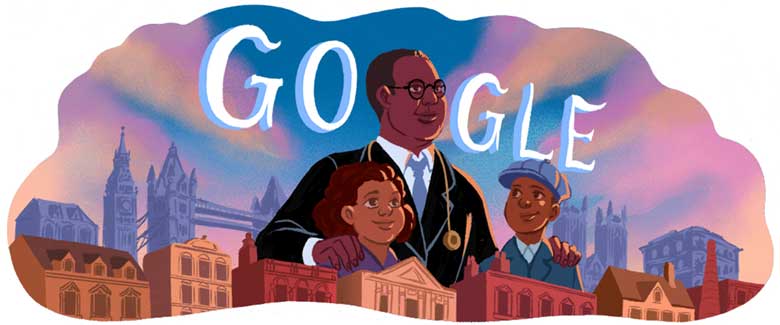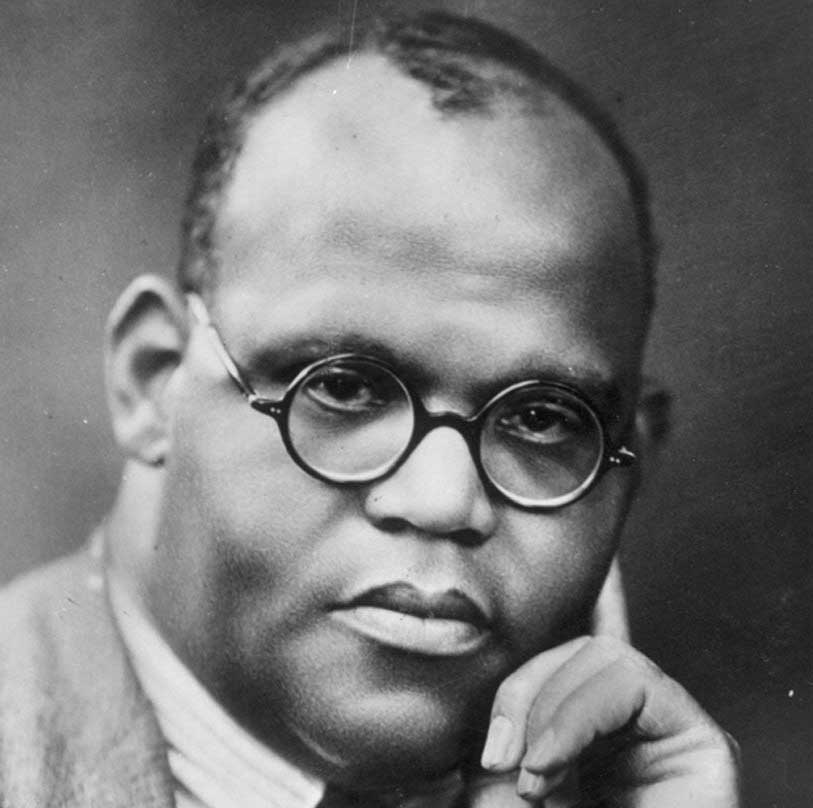Google Doodle: A special temporary alteration of the logo on Google’s homepage intended to commemorate holidays, events, achievements and notable historical figures.
When Google Doodle honoured legendary Jamaican doctor Harold Arundel Moody on September 1, 2020, many Jamaicans wanted to know who was this man whom most had never heard about and what he had done to be recognized as a notable historical figure. But Jamaicans did not need Google to educate them about the work, sacrifice and achievements of this ‘forgotten’ hero in the fight for racial equality.
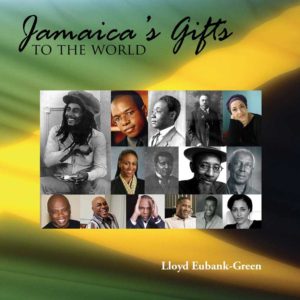
Five years ago in the second of his 2-volume book Jamaica’s Gifts to the World, published by Kingston-based Ian Randle Publishers, Dr Lloyd Eubank-Green had introduced readers to the Jamaican gift of Harold Arundel Moody. Google selected September 1 to tell the world about Harold Moody because that was the day in 1904, he arrived in the UK from Jamaica to pursue his medical studies at King’s College, London. Despite graduating top of his class, winning numerous prizes and after graduating with honours, Harold Moody MRCS, LRCP, MB, BS could not get a job in London because he was BLACK. Undaunted, he set up a private medical practice at 111 Kings Road in Peckham, London in 1913 where he became affectionately known as the ‘good doctor’ and ‘the black doctor’ for his treatment of impoverished black Londoners, children in particular.
As a result of his own experience, but also coming face-to-face with rampant racism in London, Harold Moody dedicated the rest of his life to combating racial injustice. On March 13, 1931, he founded the League of Coloured Peoples with the mission to fight for racial equality not only in the UK, but around the world, leading a local newspaper to later describe him as ‘Britain’s Martin Luther King.’ The League of Coloured Peoples was Britain’s first significant black-led organization promoting the social, educational, economic and political interests of its members and generally, the welfare of black people in all parts of the world.
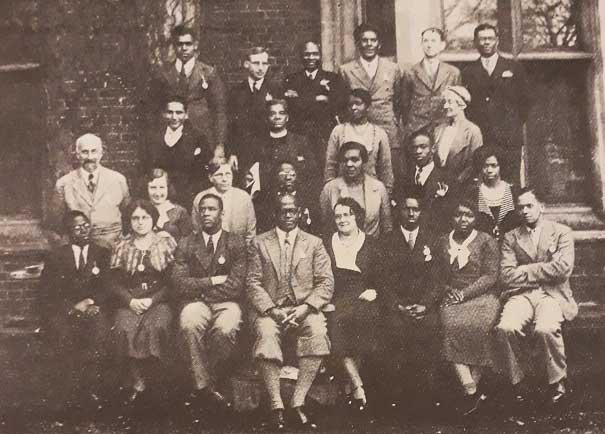
Harold Moody the Philantropist
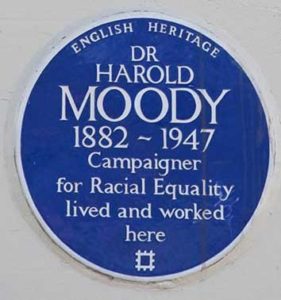
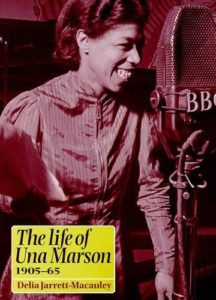
The blue heritage plaque marks the premises at 164 Queen’s Road, Peckham in South-east London that was the home of Harold Moody from 1913 and where he lived for the rest of his life with his wife Olive and six children. Described as a spacious, comfortable 4-storey house, ‘164’ was not just the Moody family home but also home to all the travelling black people who couldn’t find a room or a meal elsewhere. It was also the first home of celebrated Jamaican journalist and author Una Marson when she arrived in England in the summer of 1932. Harold Moody was not only Una Marson’s landlord but her mentor and would-be guardian. Unable to land a job because of the colour of her skin, Una became the unpaid assistant secretary for Moody’s League of Coloured Peoples, in charge of organizing student activities, receptions, meetings, trips and concerts, maintaining contact with other student bodies, training institutions and colleges as well as being the editor of the League’s journal, The Key. One of the events with which she would have been involved was a lavish reception that Moody threw at the Waldorf hotel in June 1933 for the West Indies cricket team which had come to play its first test against England.
Jamaican Family Roots
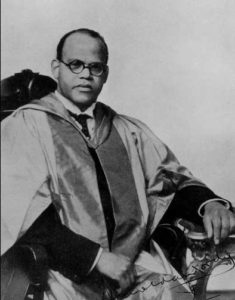
Harold was born on October 8, 1882 on Rum Lane in Kingston, the eldest child of Charles Ernest Moody, a well-known Dispenser (today’s Pharmacist) who operated the Union Drug Store at 29½ West Parade. Historian Joy Lumsden disputes the notion that father Moody was wealthy, but as was typical of Jamaicans of his generation, he sacrificed to give his children a good education. In this regard, Charles Moody was stunningly successful because Harold was not the only child to achieve distinction. Harold’s two younger siblings were no other than the noted Dr Ludlow Moody JP (1892-1991), brother-in-law of National Hero Rt. Excellent Norman Washington Manley whose sister, Vera, he had married whilst in London. He was also a former Custos of Kingston and Chairman of the Wolmer’s Trust. The youngest Moody son was Ronald (1900-1984) sculptor of international renown whose collections are to be found in galleries like the Tate London, Britain’s National Portrait Gallery and the National Gallery of Jamaica. Visitors to the Mona campus of the University of the West Indies will also be familiar with the landmark Savacou bird sculpture, the work of Ronald Moody which is sited in front of the Epidemiological Research Unit.
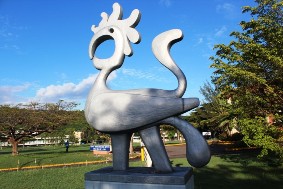
Harold and Ludlow attended Wolmer’s Boys School while Ronald went to Calabar, both located in Kingston. However, in what must be a rare if not singular occurrence, all three Moody boys travelled to Britain and pursued medical studies at King’s College, London, with Harold and Ludlow graduating and practicing as doctors. Ronald was the exception as having studied dentistry he gave that up and became a self-taught sculptor! While brothers Ludlow and Ronald have received local Jamaican honours and recognition – Ronald was awarded the Institute of Jamaica’s Gold Musgrave Medal in 1977, and Ludlow an honorary doctorate from The UWI – Harold Arundel Moody has never received any kind of recognition or honour from Jamaica, the country of his birth and yet he was as Jamaican as his two celebrated brothers. Historian Joy Lumsden in reference to the period roughly 50 years up to the First World War (1914), speaks of a couple generations of tough, courageous, self-confident Jamaicans who laid the foundations of the modern nation. For her ‘the almost total neglect of the achievements of those generations has left a telling gap in Jamaican’s perception of their past’.
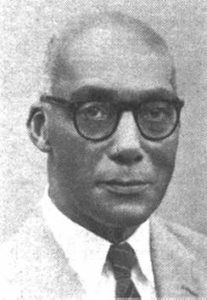
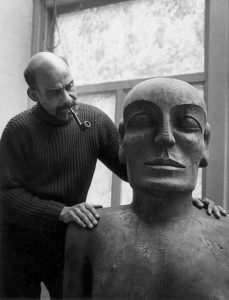
Harold Arundel Moody is one of those neglected Jamaicans and it is not too late to recognize and honour him.
Harold Moodie died at home in 1947. He was 64.
The blue plaque outside the YMCA Club at Tottenham Court Road where the League of Coloured Peoples was founded at a meeting in 1931 honours his memory.
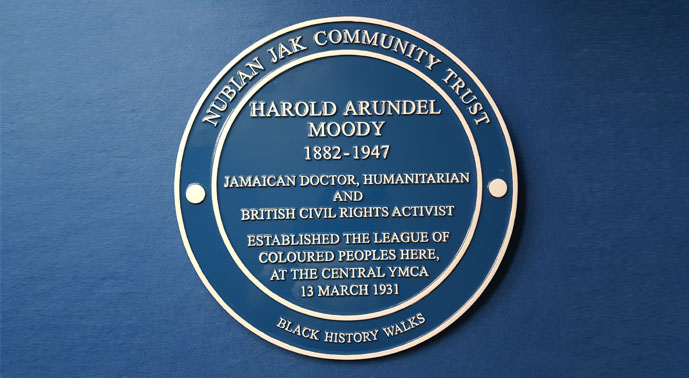
Google Doodle
